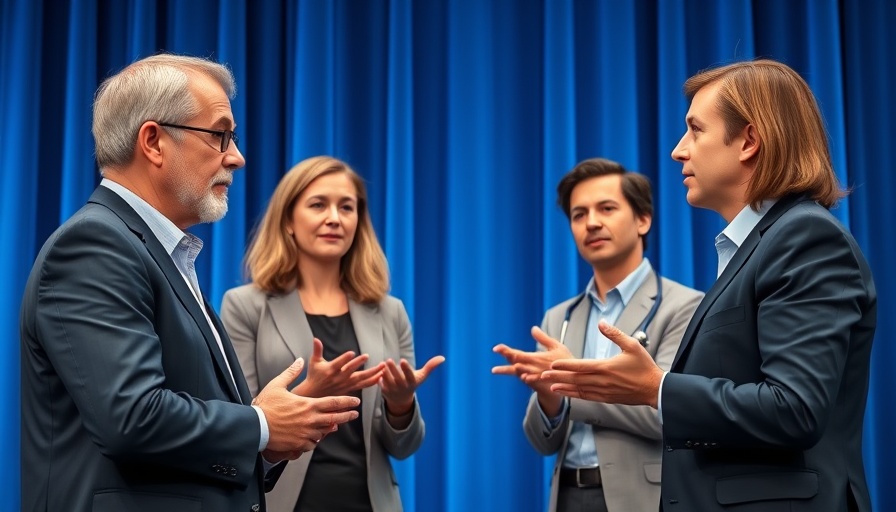
Understanding Medicaid Spending: The Big Picture
In recent discussions following the passage of the One Big Beautiful Bill Act in the House of Representatives, confusion about Medicaid spending has been rampant. During a session at Health Journalism 2025 in Los Angeles, CMS Chief of Staff Stephanie Carlton clarified, stating that the bill aims to manage the rate of growth of Medicaid spending rather than implement cuts. This perspective challenges the narrative circulating various news outlets, which assert that millions will be left uninsured due to spending reductions.
Growth vs. Cuts: What Does It Mean?
According to Carlton, although the Congressional Budget Office (CBO) projects a reduction in federal Medicaid spending by $723 billion, the narrative of 'cuts' is misleading. “Nobody’s proposed a cut,” she emphasized, explaining that spending will increase over time, albeit at a slower pace than expected without the legislation. This nuanced interpretation invites a closer examination of how budget adjustments are portrayed in the media and the implications for vulnerable populations reliant on Medicaid.
The Role of Federally Qualified Health Centers (FQHCs)
Among the many concerns surrounding the bill is its potential impact on the nation's 1,400 FQHCs, which serve as vital healthcare providers for low-income individuals. Carlton assured attendees that resources for FQHCs remain a priority, although the funding changes may stir apprehension. If disruptions occur, understanding how local health centers will adapt becomes crucial for maintaining the safety net for the most vulnerable.
The Ripple Effects: Future Trends in Medicaid Funding
As the Senate now steps in to evaluate the full implications of this legislation, the tension mounts around how both houses will negotiate the balance between fiscal responsibility and healthcare access. Proponents of the bill argue that smarter management and resource allocation could lead to improved healthcare outcomes without exacerbating financial strain. However, critics warn about the potential challenges posed to millions of Americans who depend on these services.
Community Impact and the Human Element
For many, the Medicaid conversation is not merely statistics. It reflects stories of families getting the care they need for medical conditions, maintaining their wellness routines, and preserving a sense of normalcy in their daily lives. As local communities plan for potential changes, considerations surrounding physical and mental well-being should guide discussions—emphasizing nutrition, stress management, and fitness. These factors will be pivotal for maintaining health, particularly under shifting policies.
Preparing for Change: Actions for Our Health
While uncertainty looms in congress, community members can take actionable steps to safeguard their health. Embracing wellness routines—such as maintaining a balanced diet, engaging in regular exercise, and focusing on mental health through mindfulness practices—will strengthen individual resilience. Resources for health coaching and nutrition counseling can empower individuals to focus on personal health goals, addressing any mid- to long-term changes resulting from impending Medicaid adjustments.
A Call to Stay Informed
As legislative discussions continue to unfold, it's essential for health enthusiasts to stay informed and proactive. Understanding how proposed bills affect health and wellness practices sets the stage for empowered decision-making. Engage in local advocacy, share information, and discuss community needs on platforms designed for health education. Only by remaining informed can individuals to prepare themselves and their families for a wide range of potential outcomes.
 Add Row
Add Row  Add
Add 




Write A Comment